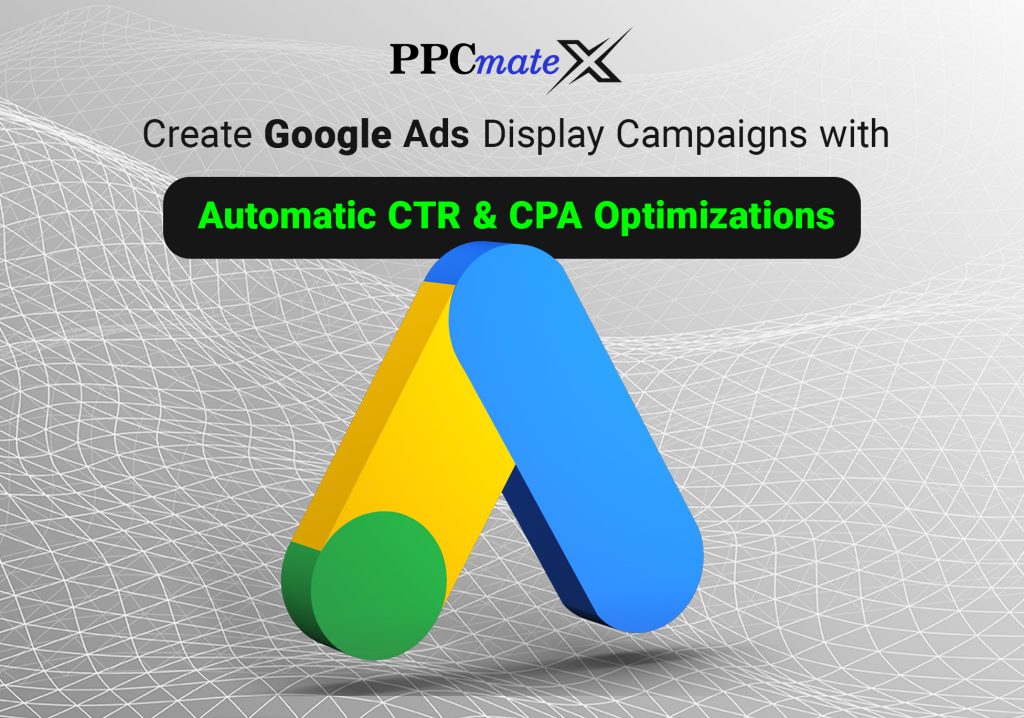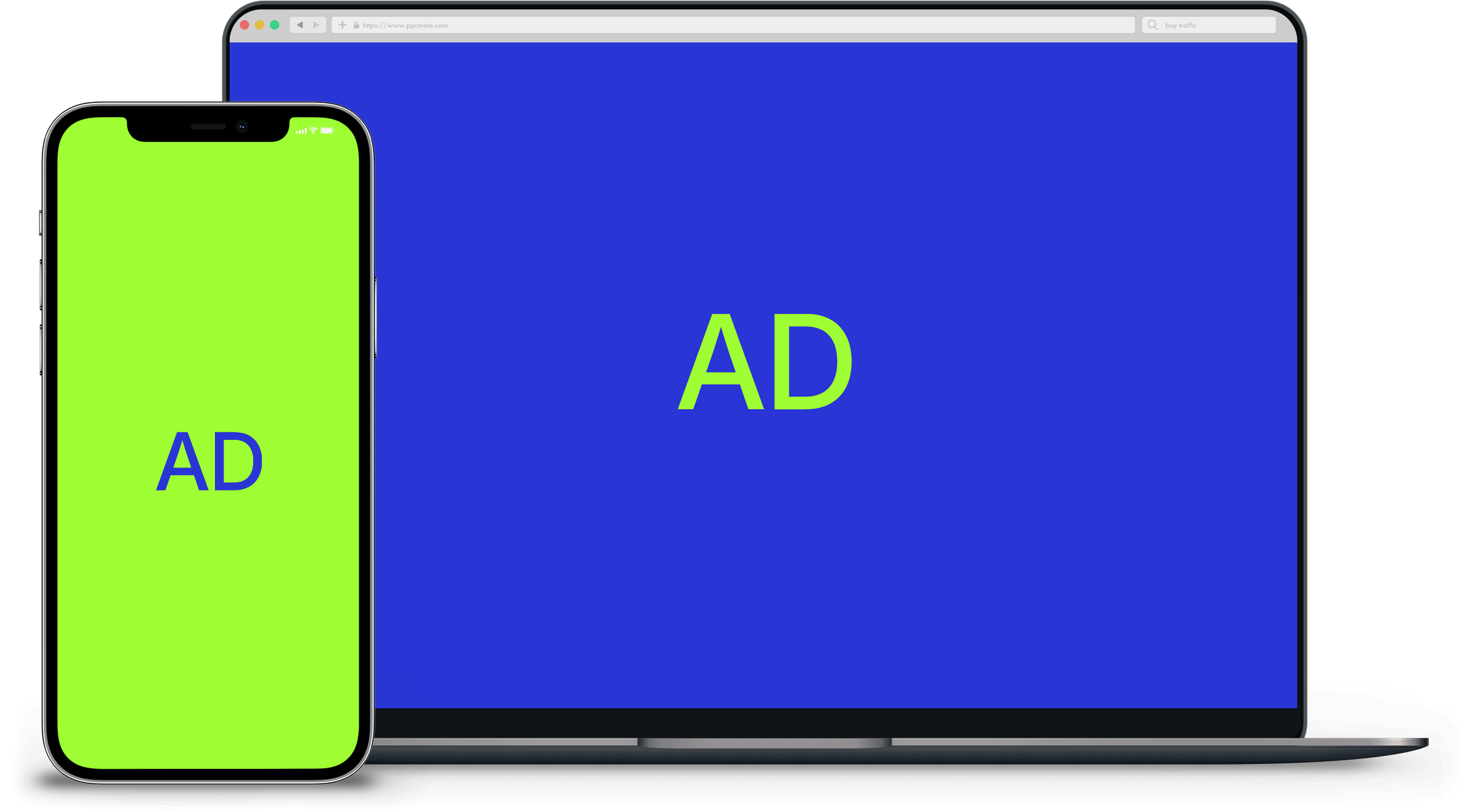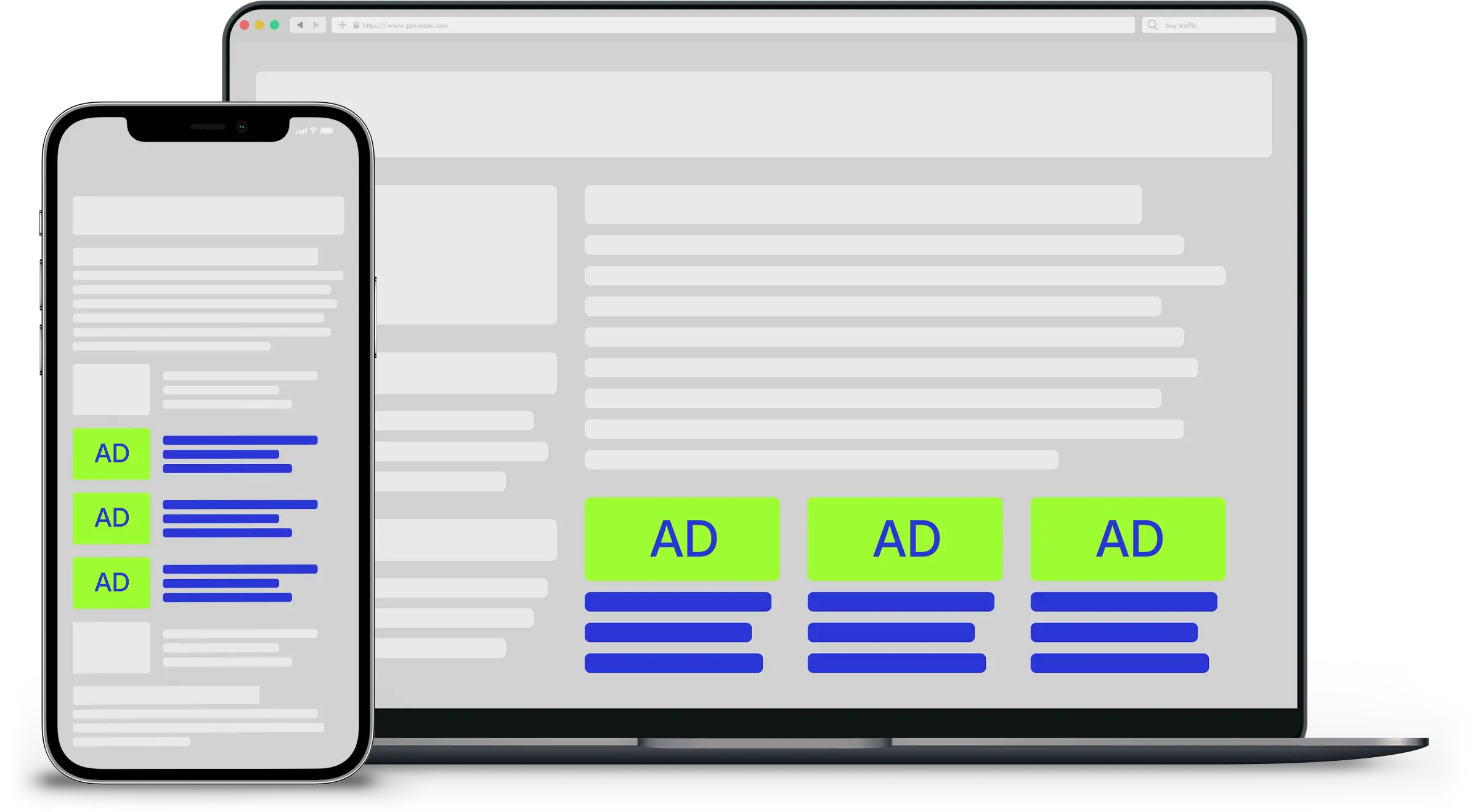Video formats have never been more sophisticated, providing new opportunities for consumer attraction, engagement, and optimization
As programmatic spending continues to rise through 2017, video accounts for a healthy percentage.
Infrastructure and creative tech for programmatic video continue to strengthen, thanks to innovations like improved ad serving, dynamic creative optimization (DCO), and optimally impactful video formats.
This rising maturity should be music to the auto marketer’s ears, because it means connecting with consumers has never been more sophisticated. This opens new opportunities for consumer attraction, engagement, and optimization.
Here’s how, along with tips on starting to integrate programmatic video to your mix.
As the options evolve, so do the formats
TV advertising has been effective for automotive marketers for decades, as a traditional media option that has lent itself to evocative audio and visual representation to engage consumers.
In the modern era, video advertising has proven itself as an even more effective consumer advertising platform, taking the baton from TV as part of the digital mix.
This is in part due to the evolution of media consumption habits and the onset of the “cross-channel” lifestyle, where various media channels and devices service one’s entire day, morning to night. Right there with mobile, video has become a powerful option for the marketer/consumer connection.
As publishers structure and monetize their sites to accommodate video, they essentially are adapting what’s proven itself on engagement in the era of TV to the digital space, offering new advertising formats for driving consumer interest and increase advertising revenue.
Video ads are served and tracked by a video ad server. Standards include linear video ads, companion ads, and overlay ads.
Measurement and the mechanics that matter
As the ecosystem for digital video matures, so does its inherent measurability.
Yes, you can measure impressions and clicks, but you also can track progress through the ad experience and interaction or actions taken within the video play.
This data helps a marketer identify and consider levels of engagement. And that layer of analysis is vital in continuing to up your visual game, creating increasingly engaging, effective, and productive video ad units and campaigns.
And from here we build
What are we going for when we strive for video ads that are engaging, effective, and productive?
Just as with the TV ideation process of yesteryear, it’s all about concepts and activations that, well, make them laugh and cry—creating a brand connection, opportunity for interaction (thanks to video creative tech mechanics), and bringing them down the path to buy.
No short order, but herein lies a powerful opportunity to take these formats to a higher plane.
The new era of video is about creating a consumer experience, even within a two- to five-second window. This means being intentional in every decision made— from the music played to the font chosen to the language surrounding the call to action.
It’s also about measuring the actions taken after the video, and creating a progressive campaign that can identify a user based on past actions, and serve up the most appropriate secondary video or additional piece of campaign creative.
Automotive marketers no longer have to create broad, one-size-fits-all TV creative. Instead, with programmatic video, they now have the opportunity to reach consumers in highly personalized segments, connecting on a more-relatable emotional level, and improving chances of conversion.
Of course, with the overall dynamism of the digital video option, a marketer is well-positioned to continually optimize creative executions, upping the engagement, the brand connection, and the outcome.
___
by DAVID RAGALS
source: Dealer Marketing









